This mysterious Franciscan saint continues to inspire the faith lives of believers worldwide.
Padre Pio was dead. After his passing in 1968, his fellow priests decided that nothing short of a crypt would be a worthy grave. Thus, Padre Pio could remain, now and forever, in the very friary and church in which he had worked. A huge light shines brightly in this crypt; a bit of paradise has descended into it. In that tomb lies the body of a man who imitated Jesus in pain and suffering as perhaps no one else of his time did.
In an era when the world was conquering the moon, Christ was conquering the earth. When a civilization steeped in technology and materialism clamored to be heard, Padre Pio replied with his God-filled silence and his immolation in the confessional. His silent testimony was so effectual that it dealt a powerful blow to those whose apostolate was materialism and agitation and to organizations that devalued spiritual life, prayer, humility, obedience, and sacrifice. The proof that only a saint can leave such a lasting impression lies in the fact that, in spite of all their celebrity, the others are soon forgotten once they die.
One day, Padre Pio said jokingly, “After my death there will be more hubbub than there is now.” Indeed, Padre Pio was truly a man who shook the world. “In the light of this ideal,” wrote Jesuit Father Domenico Mondrone, “the image of Padre Pio breaks out of the restricting frame of San Giovanni Rotondo and is offered for the guidance and admiration of the entire world. Padre Pio is still here waiting for you, watching over each of you, listening to you, and loving you. His love has not decreased with his death; it has, instead, increased immeasurably. I am sure that not a single one of you will leave that tomb without a gift from his inexhaustible paternal love.”
Everyone who goes down to the crypt and kneels in front of the tomb feels that something under that massive granite is still moving. This is why an influx of pilgrims continues without interruption, increasing with every passing day. Like a mysterious force, everyone who goes down kneels, prays, and asks with the assurance of receiving. Father Fernando of Riese, Italy, who knew the saint, wrote, “Padre Pio, during his 50 years as a stigmatist, attracted the attention of the entire world, including nonbelievers, to himself and his work.”
‘After I Die, I Will Do So Much More’
This attention did not stop after his death. Only the controversies ceased and were transformed to veneration. The greatest trial to which Padre Pio was subjected in life was excessive publicity, which nearly made him more of a martyr than a confessor. The greatest proof of his virtue comes from the people as they remember his life, make pilgrimages to his tomb, and ask for his intercession.
Considering all the good he did and all the sacrifices he made for other people, Padre Pio should be regarded as a man full of glory.
“His glorification,” wrote Raffaele Pellecchia, the late archbishop of Sorrento, Italy, “[will be the clearest reply that the Church council] will give to this modern era—because the glory and the hope, the sorrow and agony of modern man, especially the poor and the suffering, were also the joy and hope, the sorrow and agony of Padre Pio. There was nothing genuinely human that did not echo in his heart.”
The late Archbishop Adolfo Tortolo, of Paraná, Argentina, believed that Padre Pio’s holiness had stirred the world and would continue to stir it. The illustrious prelate declared that the task of putting the marvelous pages of history before humankind had just begun, a history that would tell of his divine deeds—a new “gift,” a new “grace” that God would give humanity. “The dawn of the glorification of Padre Pio is already here,” said Father Bernadino of Siena, the late postulator general of the Capuchin Order, at the time of Padre Pio’s death.
Inquiries were made to the Sacred Congregation for the Cause of Saints regarding the disposition of the authorities in regard to opening Padre Pio’s cause. A favorable reply was received and forwarded to the minister general of the order and his council on October 31, 1969, describing it as a “special cause involving universal reverberations.”
Having received “nothing to the contrary” from the guardians of the order, the postulator forwarded the official request to the archbishop of Manfredonia on November 4, 1969, stating that “Padre Pio’s reputation of holiness is becoming even better known since his death.” He believed “that such a reputation of holiness was not due to human artifice, but to the saintliness of Padre Pio’s life.”
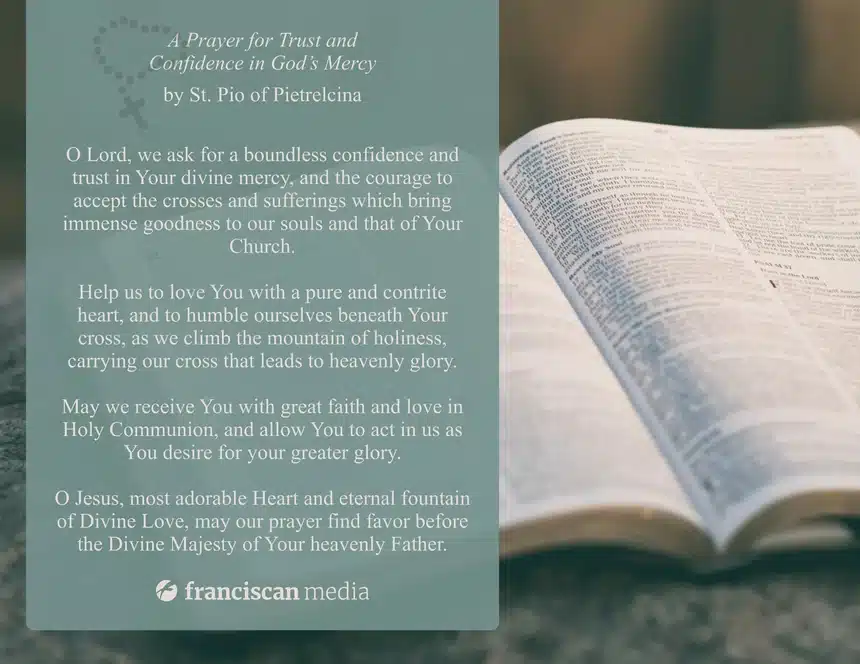
On October 25, 1971, Archbishop Valentino Vailati of Manfredonia ordered the clerics and all the faithful to send all their written reports to the Holy See as soon as possible because the preliminaries for the cause for the beatification and canonization of Padre Pio were underway.
By the end of 1971, the postulator general was able to say that the cause had truly made progress. After the collection of testimonies, the preparation of a critical biography, the revision of Padre Pio’s writings by two theologians, and the preparation of all the other documents, the archbishop gave all the requested documentation necessary to the Sacred Congregation for the Cause of Saints on January 6, 1973.
This was necessary for obtaining the nihil obstat for the introduction of the cause for the beatification and canonization of the Servant of God Padre Pio of Pietrelcina. This is the work and the will of man; the remainder is being done by God through his faithful servant who is keeping his promise: “After I die, I will do so much more.”
Padre Pio’s Holy Mission
“My real mission will begin after my death.” These words that Padre Pio spoke regularly became a prophecy. Devotion to the stigmatized Padre only increased in the years after his death, as people around the world invoked him in their prayers. Today, he is one of the most invoked religious figures in Catholicism.
To those who knew him and the many who knew of him, Padre Pio was a saint in all but name. The road to canonization began in 1982, when the Archbishop Valentino Vailati was authorized by the Holy See to open up the investigation into whether or not Padre Pio should be considered a saint.
Of course, to so many people it was not a matter of if, but a matter of when. Back in 1947, a young Polish priest, Father Karol Wojtyla, was studying in Rome when he had the chance to visit Padre Pio. He spent the week in San Giovanni Rotondo attending Pio’s Masses and later received confession from the friar. According to Stefano Campanella, the author of several books on Padre Pio, it was then that the friar entrusted the priest with a secret—he had another wound, one that he revealed to no one else.
“It is my shoulder wound,” he told him, “which no one knows about and has never been cured or treated.” This wound can be equated to that which Jesus sustained as he climbed Mount Calvary. His most painful wound, as he revealed to St. Bernard of Clairvaux in a vision, came not from the nails of the cross, but from the heavy cross itself as he bore it on his shoulder.
It is also long rumored—although Father Wojtyla denied it on many occasions—that Padre Pio had then predicted that the young priest would ascend to the highest position in the Church. It was this priest who, years later, forged the path to Padre Pio’s canonization: The world came to know him as Pope John Paul II.
The first true step to sainthood came in 1990 when Padre Pio was declared a Servant of God. From then, the Congregation for the Causes of Saints debated over the way Padre Pio lived his life, his saintliness, and all that had been said of him—the controversies and the rumors, the miracles and the intercessions.
In 1997, Pope John Paul II declared him Venerable. Now the congregation had to turn to discussing the impact Padre Pio’s life had had on others, considering any reported miracles at his intercession. Many cases were considered. In their deliberations, they considered all his virtues and his ability to do good even after his death.
After two years of debating, they had come to their conclusion. In 1999, Padre Pio was declared Blessed. Two scientifically unexplained healings were approved as miracles by the congregation: one in December 1998, that of Consiglia de Martino of Salerno, and one in December 2000, that of 7-year-old Matteo Colella of San Giovanni Rotondo. Both were cured by Padre Pio’s intercession years after his death. On June 16, 2002, 55 years after the Padre had heard his confession, Pope John Paul II declared Padre Pio a saint.
An estimated 300,000 people attended the canonization ceremony; pilgrims flocked to the Vatican from all over the world. Certainly, in the years since his death, Padre Pio has become one of the world’s most famous and loved saints. Indeed, a survey by the Italian magazine Famiglia Cristiana found that more Italians pray to Padre Pio than to any other figure.
His feast day is September 23, the anniversary of his death, and he has been declared the patron saint of adolescents, civil defense volunteers, the town of Pietrelcina, and stress relief. His famous words, “Pray, hope, and don’t worry,” have inspired many, as have his prayers, teachings, and great faith.
San Giovanni Rotondo has become a center of faith and devotion to the friar, attracting over 8 million pilgrims each year. In 1995, construction of the Padre Pio Pilgrimage Church began. Designed by the renowned Italian architect Renzo Piano, the church is made of stone and glass and can hold congregations of 6,000 people. In 2004, after much dedication and patient work, the church finally opened to the public, and Pope John Paul II was there to dedicate the church to the memory of Padre Pio.
Loved and Beloved
To mark the 40th anniversary of his death, Padre Pio’s body was exhumed on March 3, 2008, and prepared for display in the crypt of the friary. Much of his body was in near-perfect condition, and one priest remarked that he looked as though he had a manicure. His face, however, had not fared as well and was coated with a silicon mask to preserve his likeness. His body was then laid out in a sepulchre of crystal, marble, and silver.
On April 24, 2008, Cardinal José Saraiva Martins (then prefect of the Congregation for the Causes of the Saints) celebrated Mass in the Sanctuary of Santa Maria delle Grazie in San Giovanni Rotondo. Thousands arrived for this celebration of the life of Padre Pio.
Within a week, over 800,000 pilgrims made reservations to view the body of the saint. The exhibition was to last until December 2008, but only 7,200 people were able to view the crystal coffin in a day, causing the organizers to extend the date to September 2009.
Today, visitors can see Padre Pio in repose in a golden crypt in the Padre Pio Pilgrimage Church. He is dressed in his brown Capuchin habit with a white silk stole embroidered with crystals and golden thread. In his hands, he holds a large wooden cross, a symbol of not only his devotion to God, but also the stigmata by which he was known.
Here he rests, but the message he spread in life continues to enrapture the world. Padre Pio, the living saint, will forevermore be St. Pio of Pietrelcina.
This article was adapted from Padre Pio: A Personal Portrait (Franciscan Media).


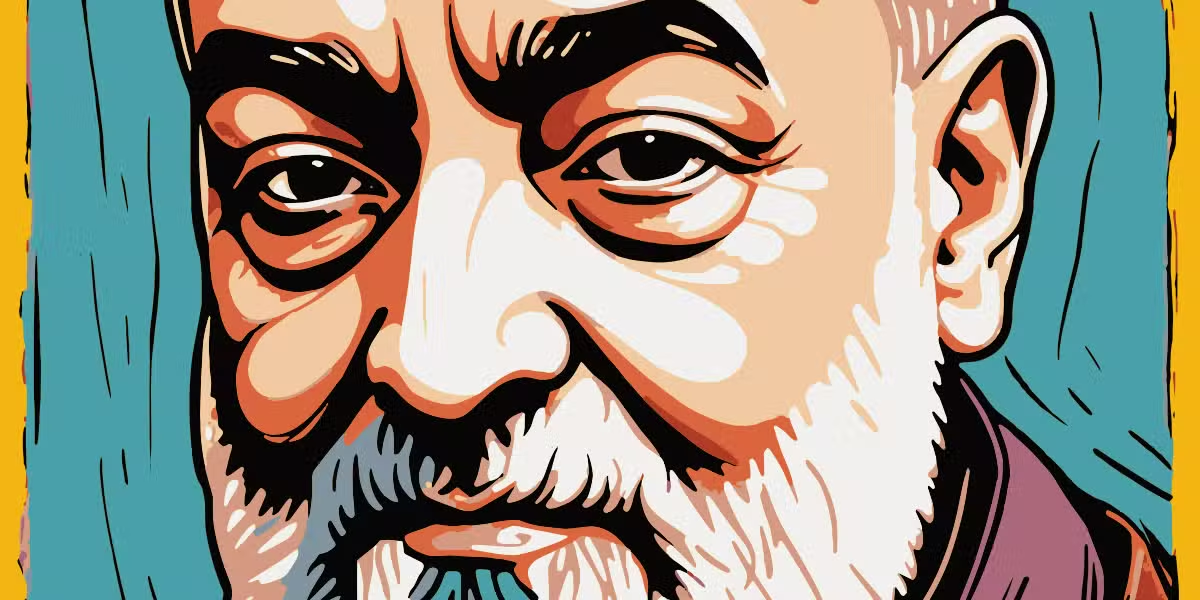

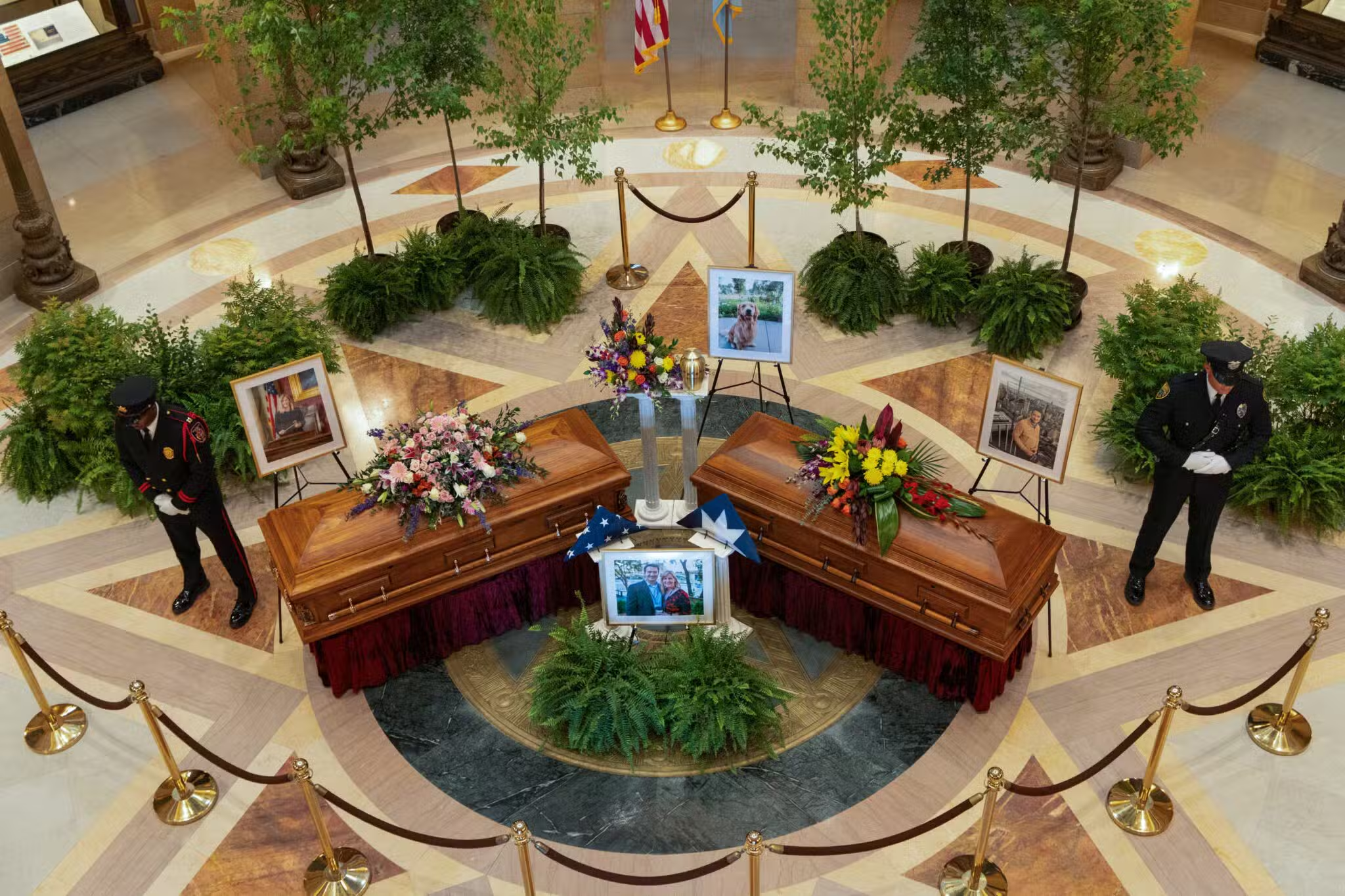
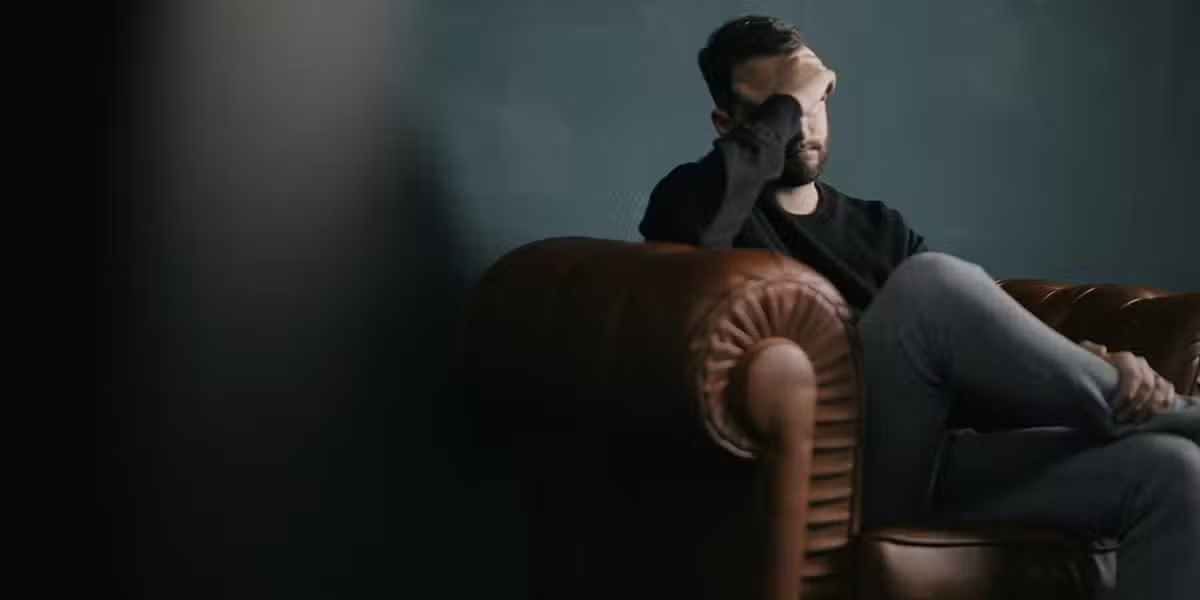
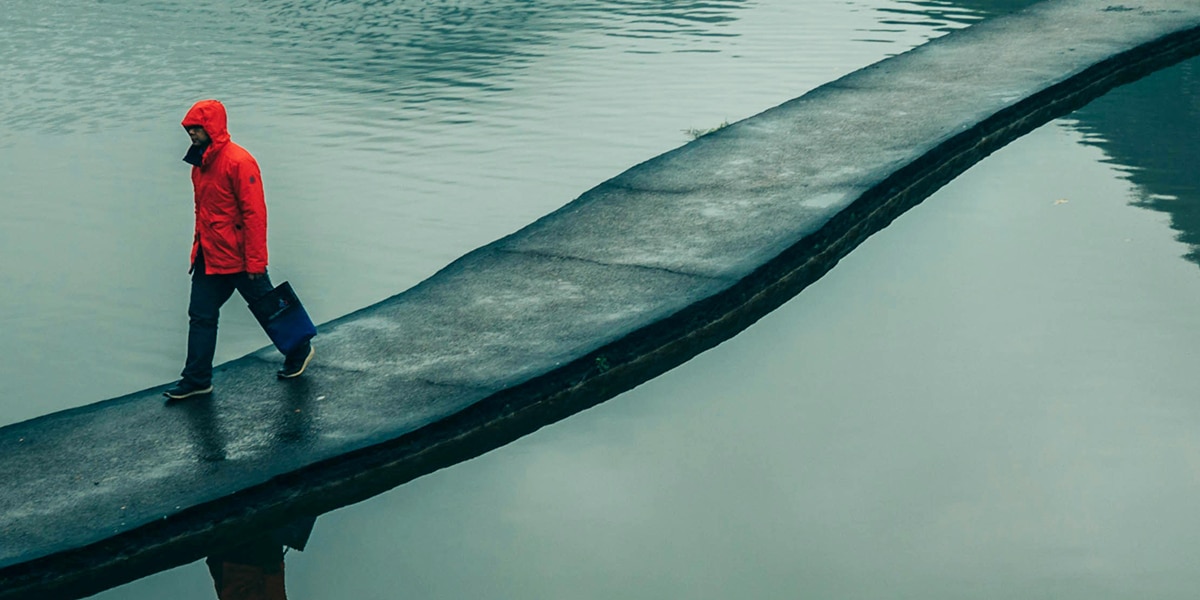
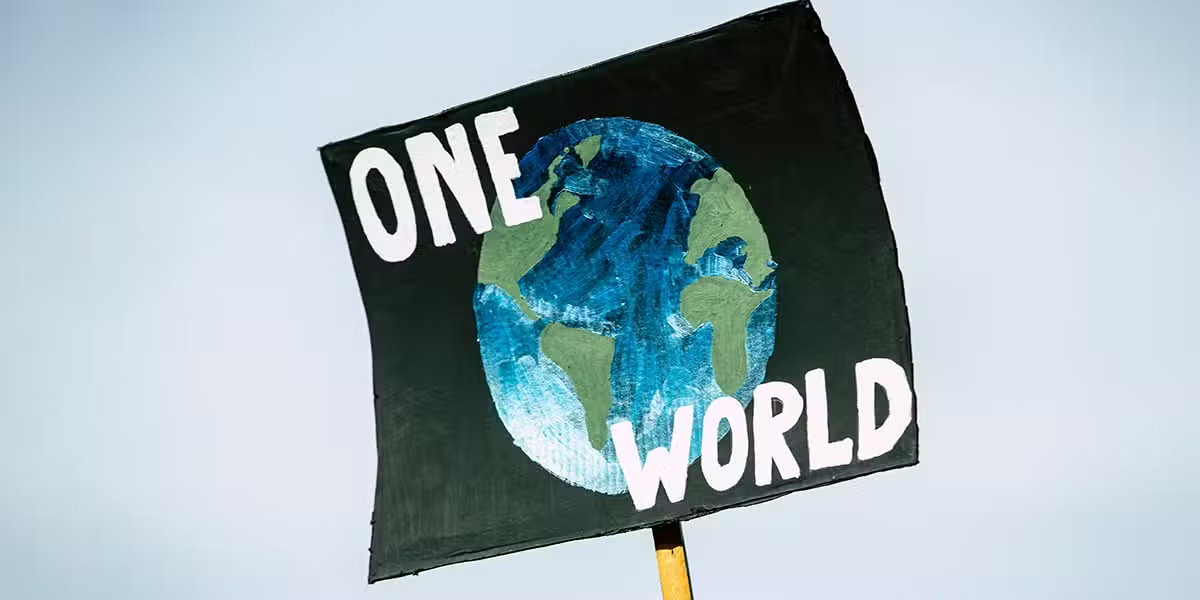

3 thoughts on “Padre Pio: A Saint for All Seasons ”
For peace and religious unity in the world. To enlighten and guide all the leaders of our world, nation and community For the Pope and all Catholics. For our family and near and dear ones. For our spiritual and temporal wants. For good health and long life. That we may go to Heaven when we die. For success in work and studies. For a happy married life for my daughter and for the good health of her son and parents. For the souls of our dear departed. Thanksgiving for favours received.
My daughter graduated in 2002. In high school, he had a classmate who was diagnosed with bone marrow cancer. I prayed for a long time asking Padre Pio for the boy’s recovery. He survived well beyond the expected life expectancy given by the doctors. They graduated together. I sent him a photo of Padre Pio as his benefactor.
From Hungary
16 years ago, my husband almost lost his eyesight. He is already blind in one eye and
almost lost his sight in his other eye. I prayed to St. Pio and that same day, his eyelid
was able to open and his sight is good. We are able to see our grandchildren grow.
Thank you St. Pio for all you love for my husband, myself and my family. I am always
praying to St. Pio for his intersection for my grandchildren, family and friends. He is always
there for us. Thank you and love. I know he is standing at the gates of Paradise until all of
his spiritual children have entered. Praying for all souls.